#speckart
Text

we do a little looking to the moon <3
#the stars are karma flowers :)#inspired by the leaving flowers at peoples graves thing#something about sitting with moon till you physically cant keep her company and leaving a flower for her even tho she-#wont remember you leaving it <3#rain world#rain world fanart#rainworld#rw#rain world art#rw moon#rw lttm#rw looks to the moon#rainworld looks to the moon#rainworld iterator#speckart
708 notes
·
View notes
Text


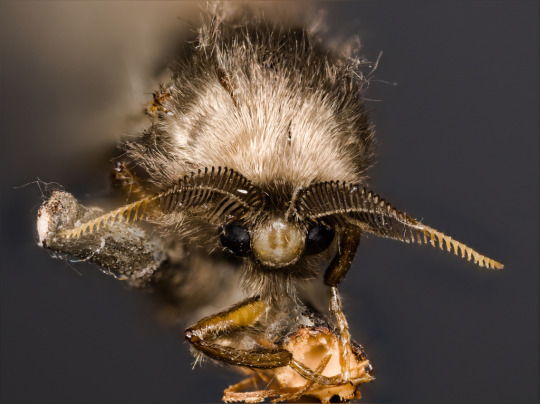
The Evergreen Bagworm Moth: The Ultimate Stay-At-Home Mom
The evergreen bagworm moth or common basket worm (Thyridopteryx ephemeraeformis) has one of the more unusual life cycles of the order Lepidoptera. They begin their lives as part of a clutch of 500-1,000 eggs, laid in September or October, and hatch the following April. While they're still caterpillars, both males and females begin constructing large, elaborately decorated cocoons from silk and fecal matter, as well as bits of leaves and bark from their host plant. This case is built around their bodies as they feed, growing up to 6 cm (2.3 in) in length, and is eventually attached to directly to the host plant. The caterpillar molts through seven instars without ever leaving this case, and when it's large enough the larva seals itself inside and pupates for about 4 weeks.
Fully mature adults emerge from their cocoons in mid-August. While males finally leave behind their protective cases entirely. However, females remain firmly entrenched in their cocoons, and emit pheromones to attract a mate. Once a male arrives, he inserts his abdomen into the cocoon's entrance to inseminate the female. After laying her eggs, the female dies, never having left the protective case that she built for herself. Once her eggs hatch, they disperse along the same host plant or "balloon" on strands of silk to find a new home. Individuals only live a single year.
Adult evergreen bagworm moths are fairly plain, though males and females are easily distinguished. Males are covered with dark brown or black fur, with comb-like antennae typical of moths. Unusually, though, male T. ephereraeformis have transparent wings; these can reach a wingspan of 2.5 cm (0.9 in). Female adult basket worms largely resemble the larvae of the species. They lack wings, as well as eyes, antennae, or a mouth. Her body is about 1.9-2.3 cm (0.74-0.9 in) long, yellowish, and extremely soft and unprotected-- hence the need for a strong cocoon.
While neither sex feeds as adults, caterpillar common basket moths are voracious eaters. Their primary food are evergreens, especially junipers, arborvitae, and red cedar, but they can also be found on a variety of other trees including oaks, willows, maple and elm. The most common predators of the evergreen bagworm moth are wasps and hornets, which are able to more easily infiltrate their protective casings, but both adults and caterpillars may also fall prey to woodpeckers, mice, and sparrows.
This particular species of bagworm moth is common throughout eastern North America, particularly in areas with mixed or evergreen forests. The common basket worm can also thrive in urban environments, as there tend to be fewer predators to control their populations.
Conservation status: The evergreen bagworm moth has not been evaluated by the IUCN. Due to its large and widespread population, the species is likely stable; in many areas it is considered a pest due to the rapid rate at which a population can decimate the local vegetation.
If you like what I do, consider leaving a tip or buying me a kofi!
Photos
Dave Webb
Ben Gruver via iNaturalist
Barbara Speckart
#evergreen bagworm moth#common basket moth#Lepidoptera#Psychidae#bagworm moths#moths#lepidopterids#insects#arthropods#evergreen forest arthropods#mixed forest arthropods#urban arthropods#north america#eastern north america#animal facts#biology#zoology
69 notes
·
View notes
Text
Marie Equi
https://www.unadonnalgiorno.it/marie-equi/

Marie Equi è stata una medica statunitense, una delle prime nel paese, che ha dedicato la sua vita a fornire assistenza alle persone indigenti.
Un’esistenza spesa a combattere ogni sorta di ingiustizia, contro i pregiudizi razziali, di classe e di genere, contro l’omofobia, contro la repressione che colpiva chi provava a dar voce a ideali di solidarietà e giustizia.
Forniva informazioni e assistenza sul controllo delle nascite e aborti in un momento in cui erano illegali. Ha sostenuto riforme civili e economiche, incluso il diritto di voto alle donne e la giornata lavorativa di otto ore. È stata più volte picchiata dalla polizia e incarcerata.
Nata il 7 aprile 1872 nel Massachusetts, in una numerosa famiglia della classe operaia da padre italiano e madre irlandese, aveva una decina tra sorelle e fratelli, molti dei quali non arrivarono all’età adulta.
Crebbe in un ambiente povero con grandi ideali. Sebbene stentassero a arrivare alla fine del mese, a casa loro c’era sempre un pasto caldo per i lavoratori scioperanti sodali di suo padre, muratore sempre impegnato in prima linea per rivendicare i propri diritti. Dopo aver visto morire i suoi fratelli e sorelle, decise di studiare medicina, per rendersi utile, per aiutare. Si laureò a Portland nel 1903.
Marie Equi è stata anche la prima donna a dichiararsi apertamente lesbica in tutta la costa occidentale degli Stati Uniti e la prima a adottare una bambina con la sua compagna.
Doc come veniva comunemente chiamata, dopo il devastante terremoto che colpì la città di San Francisco nel 1906, fu in prima linea nei soccorsi alla popolazione guadagnandosi anche una medaglia e un encomio dall’esercito degli Stati Uniti.
Tra il 1905 e il 1915, oltre alla sua attività medica generale e, sebbene, fosse illegale, praticò aborti a donne di ogni classe sociale. Faceva parte della Birth Control League di Portland che aiutava a diffondere informazioni sul controllo delle nascite e per questo venne anche arrestata.
Sempre in prima fila per i diritti delle donne e delle lavoratrici, fu in prima linea per rivendicare il diritto al voto. Nel 1913 venne percossa violentemente durante un picchetto, dove si era recata per portare soccorso alle manifestanti aggredite. Nel 1918, fu condannata a tre anni di prigione per la sua propaganda contro il coinvolgimento degli Stati Uniti nella Prima Guerra Mondiale. Scontò la pena nella prigione di San Quentin, era l’unica detenuta politica. In carcere si ammalò, e la tubercolosi che aveva contratto durante l’infanzia si riacutizzò, chiese invano il rilascio anticipato. Dopo dieci mesi, uscì per buona condotta.
Negli anni ’20 tornò a esercitare la professione e, inarrestabile, le sue battaglie politiche. Ebbe anche una relazione con la sindacalista Elizabeth Gurley Flynn che divenne poi la leader del Partito Comunista USA.
Negli ultimi anni della sua vita, Marie Equi, ormai sola, anche se mai abbandonata da compagne e compagni di lotta, visse in una casa di cura dove si spense il 13 luglio 1952 all’età di 80 anni.
I suoi necrologi apparvero sui giornali di tutto il paese, compreso il New York Times. È sepolta insieme a Harriet Speckart, il suo più grande amore, in Oregon.
Nel 2019, il suo nome è apparso nella Rainbow Walk of Fame di San Francisco, per il grande contributo apportato per i diritti delle persone lgbtq+.
Marie Equi ha lottato per tutta la sua vita per i valori in cui credeva, contro le ineguaglianze sociali, per la salute pubblica, per i diritti di lavoratori e lavoratrici.
Inarrestabile nel suo attivismo ci ha messo la faccia, l’onore, ha preso botte e condanne, ma non si è mai arresa. Una figura da non dimenticare.
0 notes
Photo
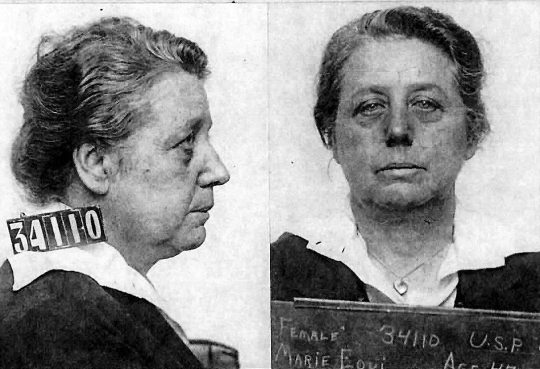
“I started in this fight a Socialist, but now I am an anarchist. I’m going to speak when and where I wish. No man will stop me. The first man who touches me will die a slow, lingering death.” - Dr. Marie Equi (Apr. 7, 1872 – Apr. 13, 1952), 1916 . Dr. Marie Equi, who was born 148 years ago today, was a physician, activist, and open lesbian whose radical politics led to her imprisonment under the Espionage Act. . Born in Massachusetts, a teenage Equi joined her high school girlfriend, Bessie Holcomb, on an Oregon homestead. In July 1893, after the superintendent of schools in The Dalles, Oregon, refused to pay Holcomb her salary, Equi horsewhipped the man—who was also a Baptist minister—in the center of town; the episode was the first public recognition of Oregon women in a lesbian relationship (“indissoluble friends whom nothing can separate”). . In 1897, the couple moved to San Francisco, where Equi began to study medicine; in 1903, she relocated to Portland, Oregon—without Holcomb—and finished her studies. In 1905, she met Harriet Speckart, with whom she had her longest relationship; the couple adopted an infant girl in 1915. . As one of the first women to become a physician in Oregon, Dr. Equi focused her practice on women and children. At some point between 1905 and 1915, Equi started to provide abortions, often charging wealthy patients more to help cover costs for poorer patients. She also was a member of Portland’s Birth Control League, disseminating information about birth control even when such activity was illegal. . After supporting a 1913 workers’ strike, Equi’s politics grew increasingly radical. In the lead-up to World War I, she was outspoken in her opposition to American involvement, bringing her to the attention of the government. She soon faced charges under the Espionage Act and served ten months in San Quentin Prison. . After her release, Dr. Equi remained a revered figure among radicals, though she ultimately returned to her medical practice and led a relatively quiet life. . Dr. Marie Equi died, at the age of 80, on July 13, 1952; she is buried next to Harriet Speckart. #HavePrideInHistory #MarieEqui https://www.instagram.com/p/B-tCzm2p6lc15Tcmy5aWxaj1J7FneTJucaigjk0/?igshid=1sim1a6ki50gk
0 notes
Photo

Dr. Marie Equi (April 7, 1872 – July 13, 1952), c. 1915. . Dr. Marie Equi, who was born one hundred and forty-five years ago today, was an American medical doctor, progressive political activist, and open lesbian whose radical politics—and particularly her vehement opposition to American involvement in World War I—led to her conviction and imprisonment under the Espionage Act. . Born in New Bedford, Massachusetts, Equi left life in the mills and joined her high school girlfriend, Bessie Holcomb, on an Oregon homestead. In 1897, the couple moved to San Francisco, where Equi began studying medicine; in 1903, Equi relocated to Portland, Oregon—without Holcomb—and completed her medical studies at the University of Oregon. She met Harriet Speckart, with whom she had her longest relationship, in 1905; the couple adopted an infant girl in 1915. . As one of the first sixty women to become a physician in Oregon, Dr. Equi focused her practice on the health concerns of women and children. At some point between 1905 and 1915, Equi started to provide abortions, often charging wealthy patients more for the procedure to help cover the costs for poorer patients. She also was an active member of Portland’s Birth Control League, disseminating information about birth control even when such activity was illegal. . Dr. Equi was involved with several campaigns to secure women’s right to vote in Oregon. . After supporting a 1913 workers’ strike, Equi’s politics grew increasingly radical. During the lead-up to World War I, she was particularly outspoken in her opposition to American involvement, and she continued to protest after the U.S. entered the war. Her resistance brought her to the attention of the American government and she soon faced charges under the Espionage Act; Equi served ten months in San Quentin State Prison. . After her release, Dr. Equi returned to her medical practice, and she led a relatively quiet life. . Dr. Marie Equi died on July 13, 1952; she was eighty. #lgbthistory #HavePrideInHistory #MarieEqui #Resist
511 notes
·
View notes
Photo

Thank you Speckarts (@ Twitter) for the new logo! 🖤🔥💯
17 notes
·
View notes
Text
Danilo Díaz Granados recomienda: La teoría de la acción razonada: ¿cómo podemos predecir una conducta?
Las actitudes nos influyen a la hora de procesar la información del entorno. Muchas veces, incluso, también guían las decisiones que tomamos a nivel conductual. Hoy conoceremos el modelo más influyente y conocido de predicción de la conducta a partir de la actitud. **Se trata de la teoría de la acción razonada de Fishbein y Ajzen** (1975). Existen diferentes factores que ejercen influencias diversas en la conducta, y que fortalecen o atenúan la relación entre actitud-conducta. Por ello, vamos a conocer la teoría mencionada, así como algunas otras. * Artículo relacionado: "[¿Somos seres racionales o emocionales?](/psicologia/somos-seres-racionales-emocionales)" ## Características del modelo de Fishbein y Ajzen La posición que adopta una persona sobre una dimensión bipolar evaluativa o afectiva respecto a un objeto, acción o evento, es **lo que conocemos como actitud** (Fishbein, 1967). La teoría de la acción razonada es un modelo de toma de decisiones racional, es decir, **establece que la conducta es el resultado de un proceso racional y deliberativo**. Se llega a la acción final por medio de un proceso que implica varios pasos. Por estas razones, el modelo está limitado a explicar las conductas volitivas (voluntarias). El modelo **tiene por objetivo predecir la conducta**. Es unidimensional, es decir, se centra en un componente único (considerado esencial) que es la evaluación de la actitud para determinar la conducta. De todas formas, considera otras variables relevantes, como veremos más adelante. ## Elementos de la teoría de la acción razonada Según este modelo, la conducta **viene directamente determinada por la intención conductual**. Esta es el determinante último y inmediato de la conducta, que lleva a la persona a ejecutarla o no. La intención conductual, a su vez, está determinada por dos variables, que son las siguientes: ### Actitud conductual La actitud conductual consiste en **la evaluación positiva o negativa del sujeto para desarrollar tal conducta**. Está determinada por la probabilidad subjetiva y por la deseabilidad subjetiva. La probabilidad subjetiva es la probabilidad que percibimos de que cierta conducta conducirá a una determinada consecuencia. La deseabilidad subjetiva es el deseo del sujeto de que cierta consecuencia ocurra. ### Norma subjetiva Se trata del juicio que hace el sujeto sobre la probabilidad de que personas importantes o relevantes para él esperen que el propio sujeto muestre la conducta a pronosticar. Depende de dos variables más: **las creencias normativas y la motivación para acomodarse a ellas**. Las creencias normativas son lo que otras personas relevantes para el sujeto esperan que este haga. La motivación para acomodarse a dichas creencias es el grado en que el sujeto hace caso de lo que opinan que debe hacer las personas relevantes para él. ## Implicaciones de la teoría Según la teoría de la acción razonada, si las creencias normativas son potentes y la motivación para acomodarse a ellas es cero, la norma social subjetiva no ejercerá ninguna influencia sobre la intención de realizar tal conducta. Esto es así porque el producto final de las dos variables resultaría cero. **El apoyo empírico a esta teoría para predecir la conducta es considerable**, según diversos estudios realizados. De todas formas, hay otros autores, como por ejemplo Bentler y Speckart, que han propuesto otros factores además de estos para explicar la conducta. Ellos plantean que los hábitos influyen de forma directa en la conducta, y que la mediación de las actitudes o las normas es nula. * Quizás te interese: "[Tipos de motivación: las 8 fuentes motivacionales](/psicologia/tipos-de-motivacion)" ## Nuevas aportaciones a la teoría de Fishbein y Ajzen En los últimos años han surgido nuevas aportaciones en relación a esta teoría. Las más importantes han sido dos. ### Teoría de la acción planificada (Ajzen y Madden, 1986) Se trata de una extensión del modelo que añade un componente nuevo: **el control conductual percibido**. Este une la actitud y la conducta. Así, se tiene en cuenta la facilidad o dificultad del sujeto para realizar la conducta. Es decir, con esta nueva aportación, la intención dependerá de tres elementos: la actitud, la norma subjetiva y el control conductual percibido. ### Gollwitzer: intenciones de implementación o puesta en práctica Este autor plantea que las intenciones conductuales predicen mejor la conducta cuando se acompañan de intenciones de implementación o planes en relación al **cuándo y al dónde se iniciará la conducta deseada**. Esta nueva aportación es de especial utilidad cuando la conducta no es algo concreto sino que se trata de una acción que implica continuidad en el tiempo (por ejemplo aprender un nuevo idioma). Estas intenciones son llamadas “intenciones crónicas”, es decir, intenciones que se tienen desde hace tiempo pero que nunca han llevado a que iniciemos tal acción. Así, para que finalmente el sujeto pase a la acción, **serán necesarias las intenciones de implementación**. ## Actitudes, individuo y ambiente Hemos visto cómo las actitudes están estrechamente relacionadas con la conducta individual. En relación a esto, podemos afirmar que estas **predecirán de forma débil la conducta cuando en el ambiente existen factores potentes**. Es decir, a mayor influencia ambiental, menos influye la conducta individual del individuo. En todo caso, uno de los principales condicionantes ambientales es la normal social, que determina muchas veces “cómo debemos actuar”. #### Referencias bibliográficas: * Reyes, L. (2007). La teoría de acción razonada: implicaciones para el estudio de las actitudes. Investigación educativa duranguense, nº7. * Hogg, M. y Graham, M. (2010). Psicología social. Editorial: PANAMERICANA
Ver Fuente
Ver Fuente
0 notes
Text
Alcohol Consumption
I have decided that alcohol consumption is the topic that I would like to research further. I just decided that I would like to gather more information on what the statistics are in alcohol consumption and make it into a codebook for everyone to kind of use to their own benefits.
I have discovered that a lot of my family and friends consume alcohol. Some of them have become alcoholics and have different personalities during consumption.
I would like to do a project regarding the levels of alcohol, types of alcohol, how many consume the different types, and attitudes of alcoholics.
I would like to review alcohol consumption within adult lifestyle.
My questions with Alcohol Consumption within adults are:
How much does an adult consume while being an alcoholic?
What are the different types of levels that consume alcohol?
What types of alcohol are adults most likely to consume?
How many adults consume different types of alcohol?
What are the attitudes of an alcoholic?
Age and Ageing, Volume 36, Issue 3, 1 May 2007, Pages 256–261,https://doi.org/10.1093/ageing/afm001
LC Sobell, MB Sobell - Assessing alcohol problems: A guide for …, 1995 - books.google.com
FJ Chaloupka, M Grossman… - Alcohol research and …, 2002 - pubs.niaaa.nih.gov
AC Lyons, SA Willott - Sex roles, 2008 - Springer
W Poortinga - Preventive medicine, 2007 - Elsevier
JB Saunders, OG Aasland, TF Babor… - …, 1993 - Wiley Online Library
MF Fleming, LB Manwell, KL Barry… - Journal of Family …, 1999 - pdfs.semanticscholar.org
HW Gruchow, KA Sobocinski, JJ Barboriak… - The American journal …, 1985 - Am Soc Nutrition
J Weafer, R Milich, MT Fillmore - Drug and alcohol dependence, 2011 - Elsevier
PM Bentler, G Speckart - Psychological review, 1979 - psycnet.apa.org
A Abbey, MJ Smith, RO Scott - Addictive behaviors, 1993 - Elsevier
SE Foster, RD Vaughan, WH Foster, JA Califano Jr - Jama, 2003 - jamanetwork.com
KM Keyes, ML Hatzenbuehler, DS Hasin - Psychopharmacology, 2011 - Springer
AL Klatsky, GD Friedman… - American journal of …, 2003 - academic.oup.com
MC Dufour - Alcohol Res Health, 1999 - pubs.niaaa.nih.gov
DA Dawson - Alcohol Research and Health, 2003 - pubs.niaaa.nih.gov
R Room, T Babor, J Rehm - The lancet, 2005 - Elsevier
J Rehm, D Baliunas, GLG Borges, K Graham… - …, 2010 - Wiley Online Library
D Cahalan, IH Cisin, HM Crossley - 1967 - Social Research Group, George …
AKJ Cartwright - Addiction, 1980 - Wiley Online Library
JC Fisher, RL Mason, KA Keeley, JV Fisher - Journal of studies on alcohol, 1975 - jsad.com
WR Miller - Psychological bulletin, 1985 - psycnet.apa.org
The connection between the two topics is that adults drink different types of alcohol and can have the same amount as anyone else. My family, friends, and others can have same consumption rates and types at all ages. The basis for alcohol consumption isn’t just concerning the young nor is it adults, it is a matter that both can consume the same amount.
0 notes
Text
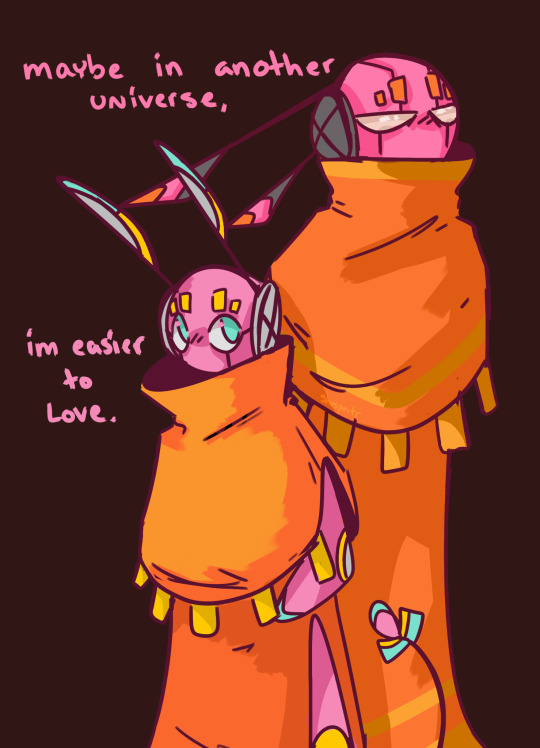
saw this quote and thought immediately about the argument surrounding pebbles being built
468 notes
·
View notes
Text

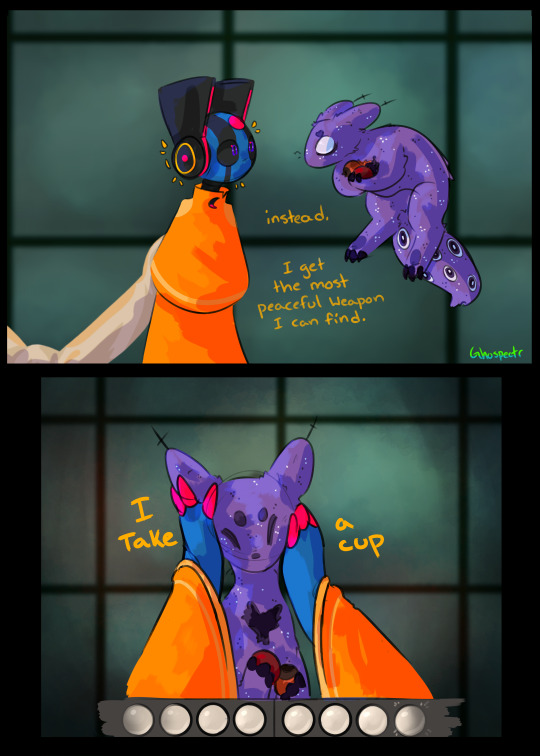
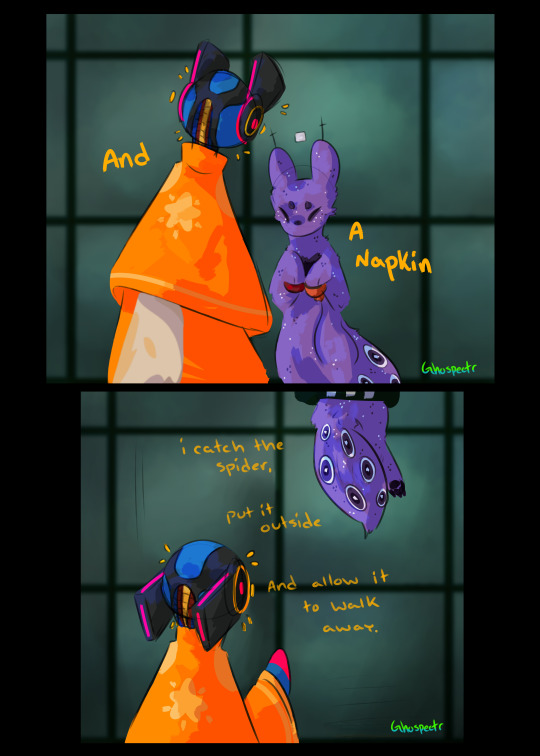

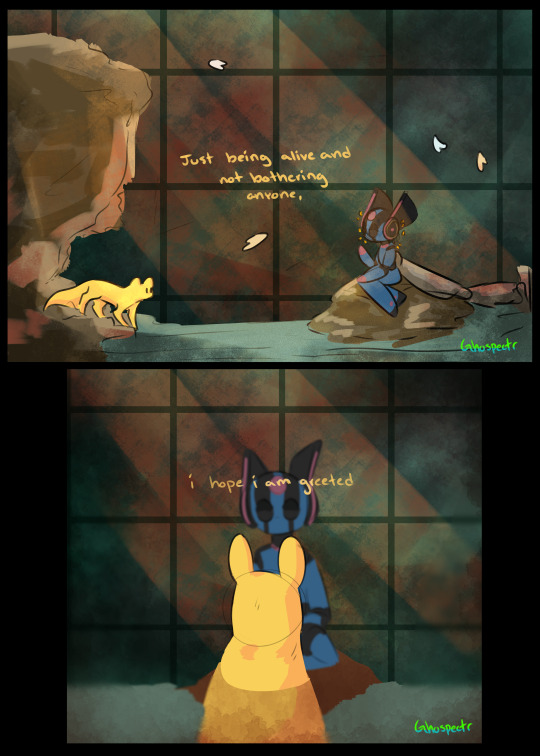

i simply really love looks to the moon :)
#rain world#rainworld#rw monk#rw looks to the moon#rw lttm#rw moon#rw downpour#rainworld fanart#rw spearmaster#rw slugcat#rain world art#rain world downpour#rain world fanart#slugcat#fanart#speckart#celebrating my 1 year of playing this game with redrawing the old comic i made at the start <3#rw
360 notes
·
View notes
Text
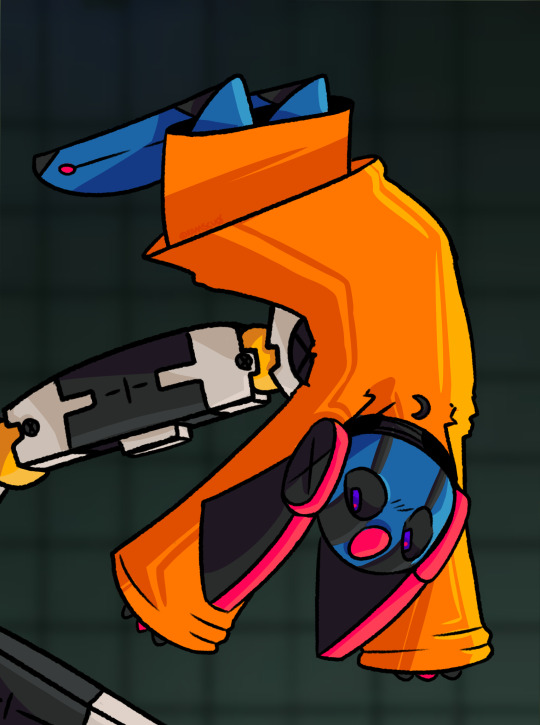
552 notes
·
View notes
Text



sig appreciation <3
#rainworld#rain world art#no significant harassment#rain world fanart#speckart#rw no significant harassment#rain world#rw nsh
197 notes
·
View notes
Text

Yall seemed to like my silly pebbles in my last post! This design of him (and artificer) is part of my oops!AU its overall just a what if nothing ever goes wrong and they were happy but i think its fun :D
#rain world#five pebbles#rainworld#rw artificer#rw five pebbles#rw fp#slugcat#slugcat art#rw slugcat#oops!AU#speckart#rain world fanart#rw#rain world art
157 notes
·
View notes
Text

#rain world#rain world fanart#rainworld#five pebbles#rw nsh#no significant harassment#rw ragequit#rw shipping#rw fp#rain world art#speckart
156 notes
·
View notes
Text
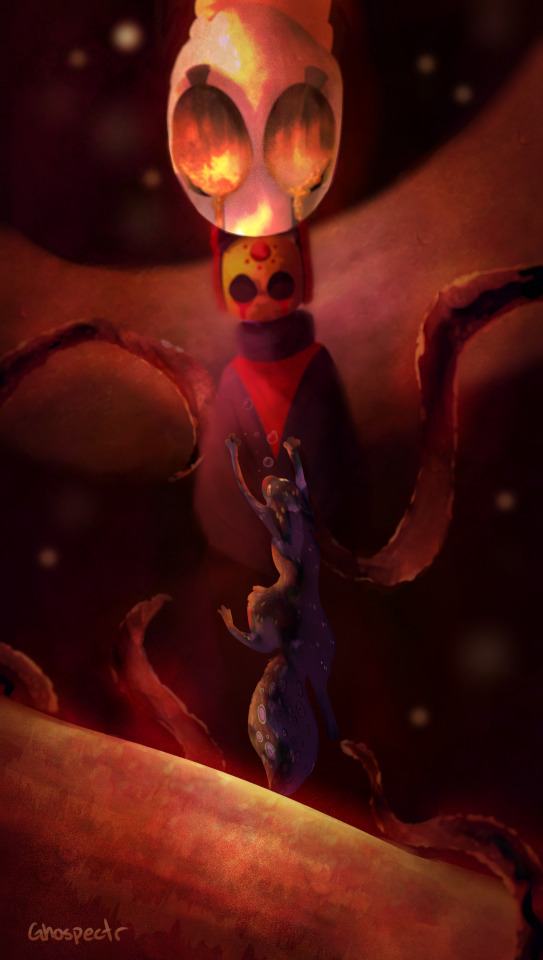
Hello? Are you there? Are you coming home?
Spearmaster who took a wrong turn and accidentally ended up in the void sea while trying to get home to suns haunts me. I like to think they would realize the mistake and try to swim out but.. once you go down, you aren't really allowed back up.
Heavily inspired by the fact that I think that worm is evil and Laurie Anderson's: O Superman
#rain world#speckart#rain world fanart#rainworld#rain world art#rw#rw seven red suns#rw spearmaster#rw downpour#rw spoilers#rainworld spoilers#rainworld fanart#rainworld iterator#rain world downpour#rainworld art#slugcat#rw slugcat#rw art#rw fanart#rw srs#rainworld void worm#rw void worm
122 notes
·
View notes
Text

quick lil spearmaster :3
164 notes
·
View notes